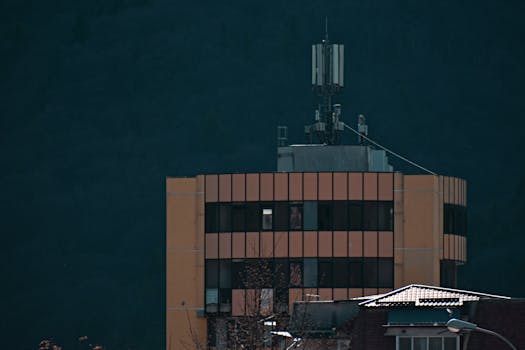
The Rise of Mega-Constellations: Latest Updates in Satellite Telecommunications
The Rise of Mega-Constellations: Latest Updates in Satellite Telecommunications. The satellite telecommunications industry has witnessed significant growth in recent years, with the emergence of mega-constellations being a major factor. These constellations, comprising thousands of small satellites in low Earth orbit (LEO), aim to provide global internet coverage, bridging the digital divide and enabling a wide range of applications.
Introduction to Mega-Constellations
Mega-constellations are designed to offer high-speed, low-latency internet services, making them an attractive option for remote and underserved communities. The most notable players in this field include SpaceX’s Starlink, Amazon’s Kuiper Systems, and OneWeb. These constellations have the potential to revolutionize the way we communicate, with applications ranging from broadband internet access to IoT (Internet of Things) connectivity.
The development of mega-constellations has been driven by advancements in space technology, including the miniaturization of satellites and the reduction in launch costs. This has enabled companies to deploy large numbers of satellites at a lower cost, making it economically viable to provide global internet coverage.
Latest Updates and Developments
Recent years have seen significant progress in the development and deployment of mega-constellations. SpaceX’s Starlink has been at the forefront, with over 3,000 satellites launched to date. The company has also announced plans to expand its constellation to 42,000 satellites, aiming to provide global internet coverage by the mid-2020s.
Amazon’s Kuiper Systems has also made significant strides, with the FCC approving its plans to launch 3,236 satellites. OneWeb, another major player, has launched over 400 satellites and aims to complete its constellation of 648 satellites by the end of 2023.
The growth of mega-constellations has also led to concerns about space debris, with the potential for collisions and interference between satellites. To address these concerns, companies are developing technologies to mitigate the risks, such as de-orbiting satellites at the end of their life and using advanced propulsion systems to maneuver satellites.
Impact on the Industry and Future Prospects
The rise of mega-constellations is expected to have a significant impact on the satellite telecommunications industry, with the potential to disrupt traditional business models and create new opportunities. The provision of global internet coverage will enable a wide range of applications, from remote education and healthcare to IoT connectivity and smart cities.
The growth of mega-constellations will also lead to increased competition, driving innovation and reducing costs. As the industry continues to evolve, we can expect to see new technologies and applications emerge, further expanding the reach and capabilities of satellite telecommunications.



